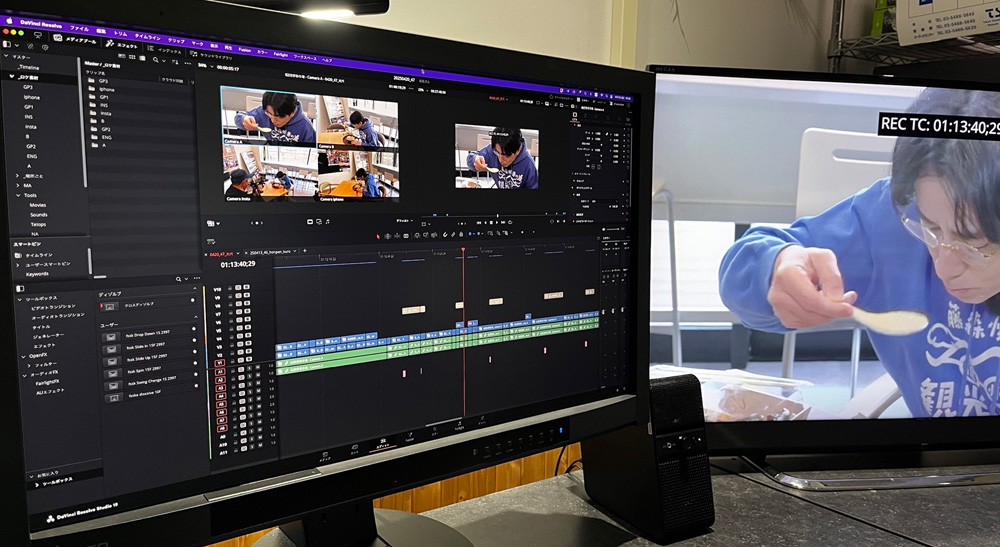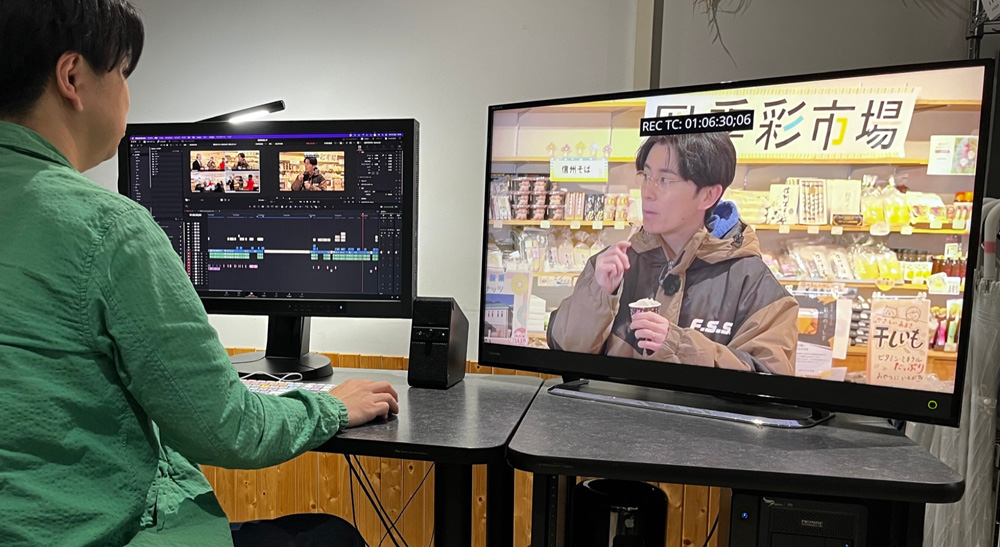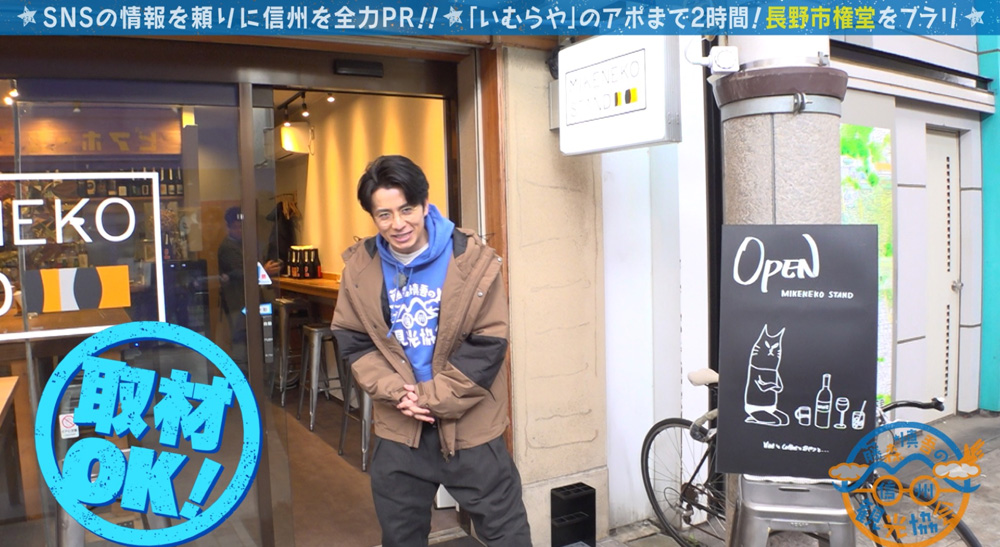DaVinci Resolve Studio timelines shared with remote team, streamlining post production.
Fremont, CA, USA - Blackmagic Design today announced that Asahi Broadcasting Nagano Co., Ltd. has successfully streamlined post production work for its information program “Shingo Fujimori’s Nagano Tourism Association” by utilizing Blackmagic Cloud and DaVinci Resolve Studio.
Asahi Broadcasting Nagano is a TV station serving the Nagano Prefecture. “Shingo Fujimori’s Nagano Tourism Association” is a popular program in which Shingo Fujimori, a comedian from Nagano, travels around the prefecture based on information gathered from social media, showcasing the area’s many attractions.
“The show’s filming is based on information collected from X (formerly Twitter). We usually shoot once a month over two days and one night, covering two municipalities and producing four 30 minute episodes. If we gather a lot of footage, we sometimes end up with enough material for six episodes. In addition to two camera operators, we use vehicle mounted cameras and even action cameras operated by me and other crew members, so we usually end up shooting with six to seven cameras,” explained Yotaro Murai, the show’s chief director.
“We don’t use a script; we rely entirely on social media posts, so sometimes the places we planned to visit are closed, and we can't film there. We show such moment as well as scenes where Mr. Fujimori and Mr. Murai discuss the program’s direction,” added freelance director Taro Nagata.

The footage from each shoot reaches up to 1TB, which is converted into proxy files and uploaded to Blackmagic Cloud. Once uploaded, the material is shared with in house staff and freelance directors for editing.
“I do some editing myself, but with only two in house directors, it’s tough to handle editing for four weeks' worth of episodes, so we’ve increasingly relied on freelance directors,” said Murai. “Once we outsource editing, the timeline is shared from a director about a week later for preview. Using Blackmagic Cloud’s chat function, I provide feedback and revision instructions, and the director makes adjustments accordingly. We go back and forth like this about three times.”
Before implementing Blackmagic Cloud, a different editing software was used with materials shared via Dropbox. However, both uploading and downloading proxy files took approximately a full day each. Project sharing was done through XML data, and the team had to conform the XML each time they held a screening.
Murai explained, “Whenever we conformed the shared XML for a screening, there were often discrepancies. Sometimes the media links were broken, and media would go offline. Troubleshooting these issues could take nearly half a day, and it was a constant challenge.”

“When we tried Blackmagic Cloud, it was so revolutionary that it made us wonder why we hadn’t used it sooner. We can now share the same timeline in real time and use the chat feature directly in DaVinci Resolve. We can also share marker information, so it’s easy to mark points where we need revisions. It’s very user friendly,” he continued.
Nagata added, “The exchange of text graphics and audio data after audio suiting has become much smoother. Previously, we had to download files from the cloud, but now, as soon as Murai adds the data to the project, it’s automatically uploaded to Blackmagic Cloud and reflected in my project. When I open the project, I can immediately edit the graphics and audio, which is truly stress free.”
“Even though it’s a 30 minute program, we use around 200 to 300 text graphics. In the past, I had to email Nagata after uploading them to the cloud to let him know they were ready. Now, just by opening the project, he can easily grasp the situation. This is another advantage unique to Blackmagic Cloud,” said Murai.
Murai concluded, “Previously, we sometimes had to ask Nagata to come to our office for screenings or final checks. Thanks to Blackmagic Cloud, we no longer need to do that. Moving forward, we hope to involve talented editors and creators from anywhere, bringing fresh perspectives to our program production.”

